Why is a PHASE II Important to Commercial Property Owners?
Avant Environmental and Edward Baltzer understand Phase II site assessments.WHAT IS A PHASE II?
If environmental contamination is discovered or suspected, a Phase II site assessment is often performed to determine the extent of contamination across the property. A Phase II environmental site assessment, also called a Phase 2 ESA, a second-level assessment, or a Phase 2 investigation, is an environmental study of real property in which soil, soil vapor, groundwater, air, building materials, products, wastes, or other materials are measured, sampled, or otherwise characterized. This can include soil borings, monitoring well installations, piezometers, soil sampling, excavations including exploratory pits or trenches, soil vapor monitoring, indoor air quality measurements, asbestos inspections, geophysical surveys, or other intrusive or non-intrusive exploratory techniques. General approaches to performing Phase Two assessments are defined by ASTM International in their standard ASTM E-1903-11, Standard Practice for Environmental Site Assessments: Phase II Environmental Site Assessment Process. Since every property is different and since there are so many types of land uses, every Phase II investigation is unique. This is why it is very important that you choose a company that has a full understanding of all assessment techniques relevant to the contamination on your property. Too much investigation work wastes time and money, while too little investigation work can result in an over- or under-estimate of the volume of contaminated materials present. Using an ideal approach can swiftly give you detailed information on just exactly what your particular contamination issues are, which can facilitate a rapid remedial design.
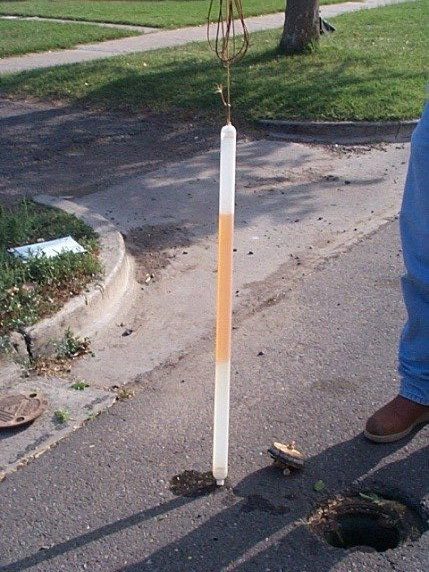
“This is why it is very important that you choose a company that has a full understanding of all assessment techniques relevant to the contamination on your property. Too much investigation work wastes time and money, while too little investigation work can result in an over- or under-estimate of the volume of contaminated materials present.”
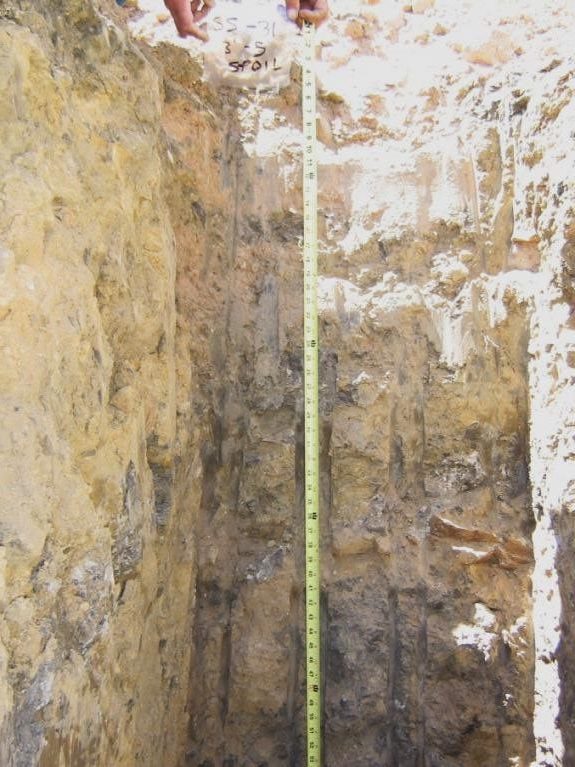
Photo showing exploratory pit used to characterize soil and potential contamination at a property.
During investigation work, worker health and safety must be carefully protected in accordance with OSHA regulations and common sense. Any site that could be considered a CERCLA (“Superfund”) site or
Photograph of workers wearing personal protective equipment (PPE) including Tyvec suits, neoprene gloves, air purifying respirators, and boots to protect themselves from airborne asbestos fibers during an abatement of asbestos.
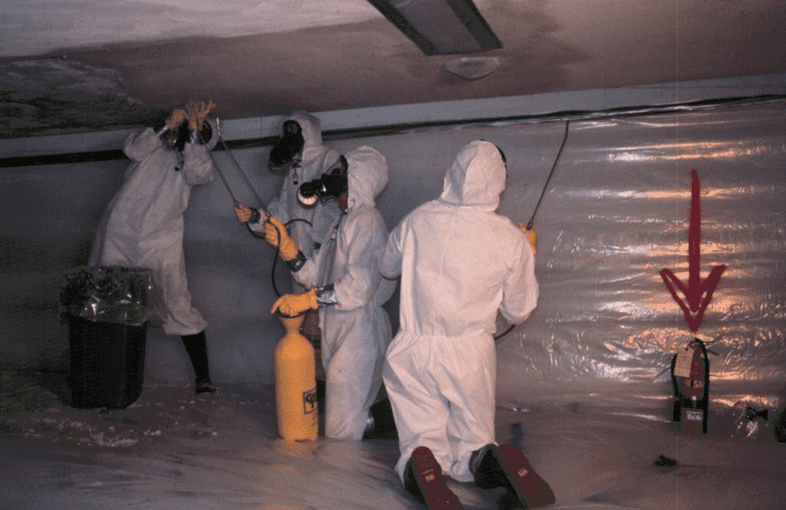
Avant Environmental specializes in identifying the target contaminants and determining sampling locations, sampling methods, decontamination, worker protection, and proper laboratory analyses. The investigation report is an assessment that provides a clear picture of contamination without excessive sampling and is legally defensible. Avant Environmental personnel has used a variety of drilling, excavating, coring, air and vapor sampling, water sampling, well installations, magnetometers, and ground-penetrating radar techniques to determine contamination extent. As stated above, it is extremely important that the precise character of the contamination on your property is fully understood and presented in a format that remediation contractors, regulators, lenders, operators, tenants, and other relevant parties can easily understand in order to ensure proper land use. We have been involved in a wide variety of remediation programs where contaminants such as lead, arsenic, cadmium, chromium, mercury, asbestos, and polychlorinated biphenyls (PCBs) and petroleum including gasoline, diesel fuel, jet fuel, naphtha, and waste oil have been remediated from soil, soil vapor, vadose zones, groundwater, building materials, and indoor air.
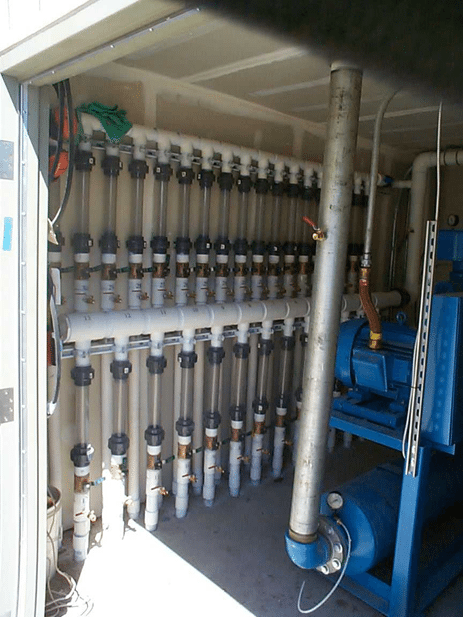
Photo of a vacuum extraction/air sparge remediation system installation used to remove gasoline contamination from a Grand Junction city property. This particular system was in place for about six years, after which the soil and groundwater were sufficiently cleaned to allow nearby development without the risk of soil vapor contaminating indoor air. It removed soil vapor, including benzene, toluene, ethylbenzene, and xylenes, and injected air into the groundwater to oxygenate the aquifer and enhance biodegradation of petroleum contamination.
Photograph of the construction of a repository cell to hold mill tailings at a historic
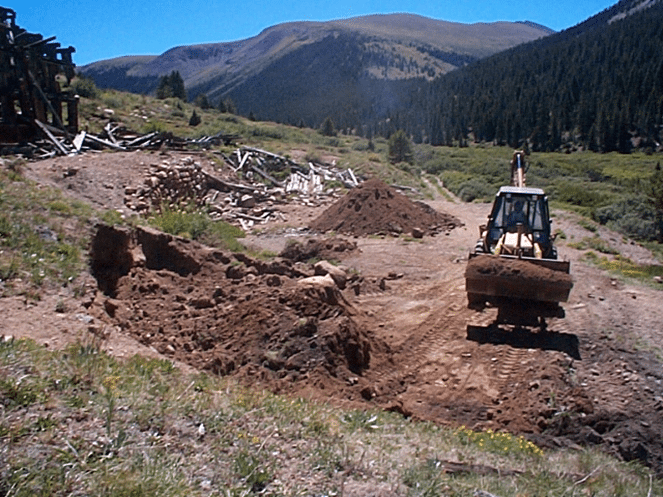
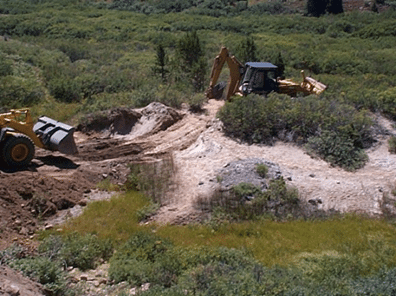
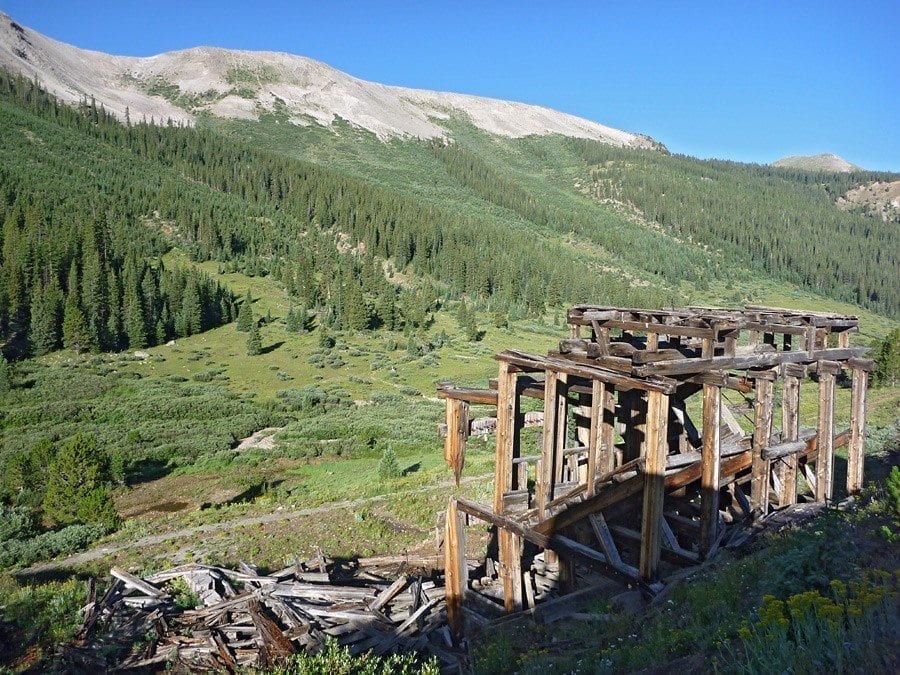
More Information from Avant Environmental:
WHAT IS A PHASE I ENVIRONMENTAL SITE ASSESSMENT?
Under CERCLA, you or your businesses can be held in strict liability for cleaning up hazardous substances at properties that are or were owned and/or operated by you. The Federal Comprehensive Environmental Response, Compensation, and Liability Act (CERCLA) also...
Phase 1 Environmental Site Assessments completed in Western Colorado and Eastern Utah
Phase 1 ESAs completed in Western Colorado and Eastern Utah from Monticello, Utah to Aspen, Colorado and from Price, Utah to Steamboat Springs, Colorado
SBA updates their Phase I standards
2018 Update – from the United States Small Business Administration (SBA) The SBA provides loans to small businesses that may hold real estate as collateral. They generally require an ASTM-standard Phase I ESA as part of all-appropriate inquiry, and have specific...
Great news for the New Year!
Avant Environmental Services, Inc. is starting 2018 with a wonderful list of new projects and clients throughout western Colorado, with projects being completed in Ouray, Grand Junction, Crested Butte, Montrose, and Delta. New clients include property purchasers, a...
